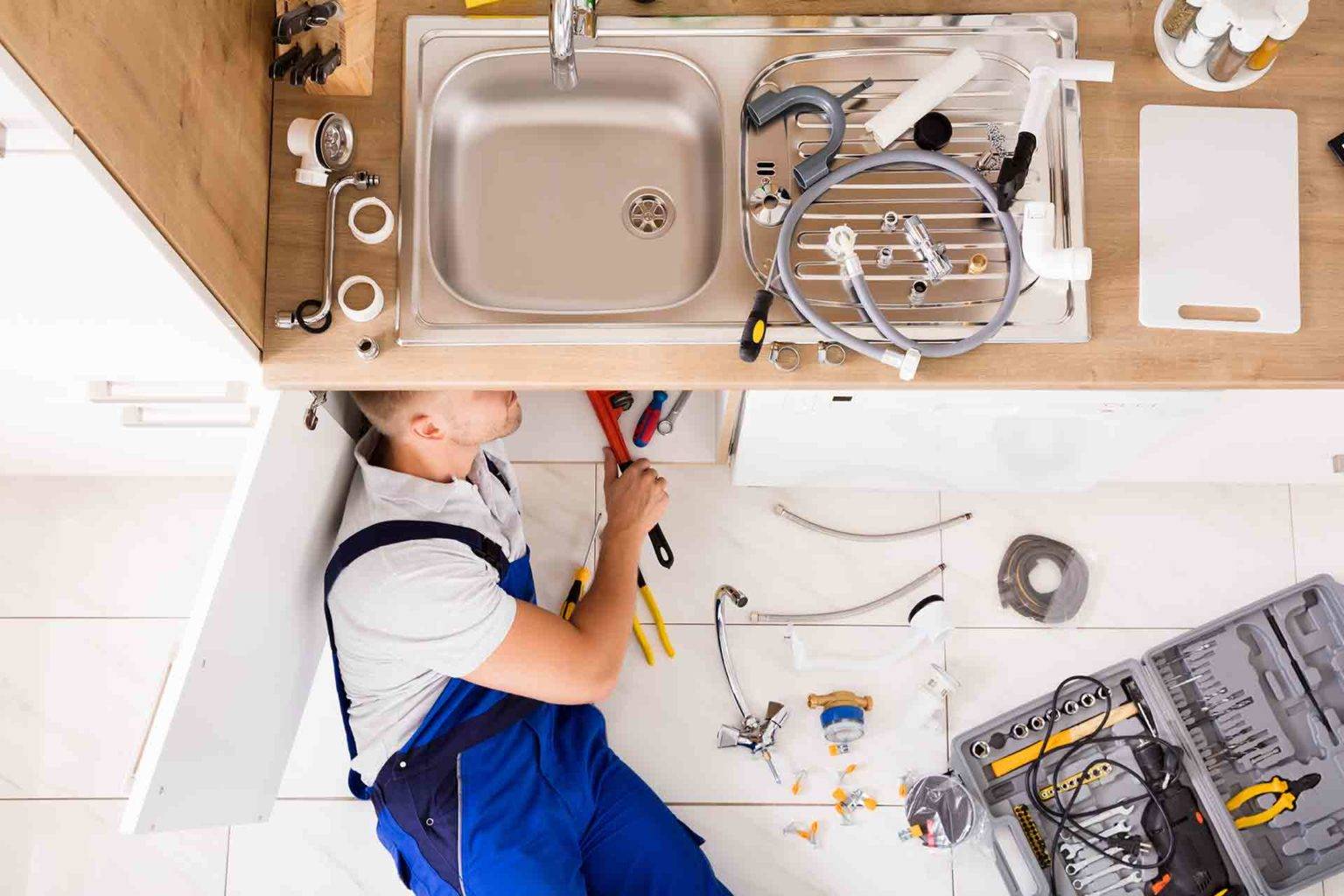

Articles
How Much To Charge For Plumbing Work
Modified: October 20, 2024
Learn how to price your plumbing services with our comprehensive articles. Discover the factors that influence pricing and maximize your profitability.
(Many of the links in this article redirect to a specific reviewed product. Your purchase of these products through affiliate links helps to generate commission for Storables.com, at no extra cost. Learn more)
Introduction
When it comes to plumbing work, determining how much to charge can be a daunting task. As a plumber, it is important to strike a balance between offering fair pricing for your services and ensuring that your business remains profitable. In this article, we will explore the factors to consider when determining pricing for plumbing work, whether to use hourly rates or flat-rate pricing, guidelines for pricing common plumbing services, additional factors that may affect pricing, and tips for effectively communicating pricing to your customers.
Plumbing work encompasses a wide range of services, from simple repairs like fixing leaky faucets to more complex tasks like installing new plumbing systems. The cost of these services can vary significantly based on several factors. As a plumber, it is essential to take into account these factors to provide accurate and fair pricing to your customers.
One of the key considerations when determining pricing for plumbing work is the complexity and scope of the job. Simple repairs or routine maintenance tasks may require less time and resources compared to larger projects or emergency situations. Assessing the extent of the work involved will help you determine the appropriate cost for your services.
In addition to the complexity of the job, the materials needed for the plumbing work can also impact pricing. High-quality materials may come at a higher cost to you as a plumber, which could be reflected in the final price you charge to the customer. It is important to factor in the cost of materials when calculating the overall pricing of your services.
Another factor to consider is your level of expertise and experience as a plumber. If you have years of experience and specialized skills, you may be able to command higher rates for your services. Conversely, if you are just starting out or offering more general plumbing services, you may need to adjust your pricing accordingly.
Furthermore, geographical location can also play a role in determining pricing for plumbing work. Different regions may have varying costs of living, market competition, and customer expectations, which can influence what customers are willing to pay for plumbing services. Researching local market rates and understanding the pricing dynamics in your area can help you set competitive yet profitable prices.
Key Takeaways:
- Fair and competitive pricing for plumbing work requires consideration of job complexity, materials, time, expertise, location, overhead costs, and profit margin. Effective communication and transparent pricing build trust and ensure customer satisfaction.
- Choosing between hourly rates and flat-rate pricing depends on the nature of your plumbing business, services offered, and target customer base. Clear communication, detailed estimates, and responsiveness are essential for effectively conveying pricing to customers.
Read more: How To Get Plumbing Work
Factors to Consider When Determining Pricing for Plumbing Work
Setting the right pricing for your plumbing services is crucial for the success of your business. To ensure that you are offering fair and competitive prices, it is important to take into account several factors. Here are some key factors to consider when determining pricing for plumbing work:
- Job complexity: The complexity and scope of the plumbing job have a direct impact on the pricing. Jobs that require more time, labor, and specialized knowledge should be priced accordingly. For example, a simple faucet repair will be less expensive compared to a complete bathroom remodel.
- Materials needed: The cost of materials plays a significant role in determining the pricing. Different plumbing projects may require various materials such as pipes, valves, fixtures, and fittings. It is essential to consider the cost of these materials and factor it into your pricing.
- Time and labor: The amount of time and labor required to complete a plumbing job should be taken into account when setting the price. This includes the time spent on site, travel time, and the number of plumbers or technicians needed to perform the work efficiently.
- Experience and expertise: Your level of experience and expertise as a plumber can influence your pricing. Plumbers with extensive experience and specialized skills may be able to command higher rates for their services.
- Geographical location: Regional market dynamics, including cost of living, competition, and customer demand, can vary from one location to another. Consider the local market rates and adjust your pricing accordingly to remain competitive.
- Overhead costs: It is important to factor in your business’s overhead costs, such as insurance, licensing fees, advertising, tools, and equipment. These costs should be spread out across your pricing structure to ensure profitability.
- Profit margin: As a business owner, you need to make a profit to sustain and grow your plumbing business. Consider the desired profit margin and calculate it into your pricing to ensure long-term success.
- Customer value: Understand the value that your plumbing services bring to your customers. Consider the convenience, expertise, and reliability that you offer. Providing high-quality services may justify higher prices.
Remember, pricing for plumbing work is not a one-size-fits-all approach. Each project and customer is unique, and it is crucial to evaluate these factors on a case-by-case basis. By considering these factors, you can offer fair and competitive pricing that reflects the value of your services while ensuring the sustainability and profitability of your plumbing business.
Hourly Rates vs. Flat-Rate Pricing
When determining pricing for plumbing work, one important decision to make is whether to use hourly rates or flat-rate pricing. Both approaches have their pros and cons, and it is essential to understand the differences to make an informed choice. Let’s explore the advantages and considerations of each pricing model:
Hourly Rates:
Hourly rates involve charging customers based on the amount of time spent on the job. Here are some benefits and considerations of using hourly rates:
- Flexibility: Hourly rates provide flexibility as pricing is directly related to the time spent. This can be advantageous for jobs that are difficult to predict in terms of duration or scope.
- Transparency: Hourly rates can offer transparency as customers can see how their bill is calculated based on the hours worked. This can help build trust and provide clarity in your pricing.
- Effective for small tasks: Hourly rates are often preferred for small repair or maintenance tasks that can be completed quickly. Customers may find it more affordable and reasonable to pay for the exact time worked.
- Potential for higher profit: If a job takes less time than expected, you may earn a higher profit using hourly rates as you are paid purely for the time spent.
Flat-Rate Pricing:
Flat-rate pricing involves quoting a fixed price for a particular plumbing service, regardless of the time it takes to complete. Consider the following advantages and considerations of using flat-rate pricing:
- Upfront pricing: Flat-rate pricing provides customers with upfront clarity on the cost of the service. This can help avoid surprises and build trust, as the price remains consistent regardless of the time spent.
- Efficiency: When using flat-rate pricing, you can factor in an average time estimate for each service. This can encourage efficiency and productivity, as plumbers aim to complete jobs within the estimated time to maximize their profit.
- Easier customer communication: Flat-rate pricing simplifies the pricing discussion with customers. Instead of explaining hourly rates and potential variations in total cost, you can provide a fixed price that customers can easily understand.
- Predictable revenue: With flat-rate pricing, you have a clear understanding of the revenue you will generate from each job, regardless of the time spent. This can provide more stability and predictability for your business.
Ultimately, the decision between hourly rates and flat-rate pricing depends on the nature of your plumbing business, the types of services you offer, and your target customer base. Some plumbing companies even use a combination of both approaches, depending on the specific job. Whatever pricing model you choose, it is crucial to clearly communicate your rates and ensure that your pricing structure aligns with your business goals and the value you provide to your customers.
Read more: How Much Is Plumbing Insurance
Pricing Guidelines for Common Plumbing Services
When it comes to pricing common plumbing services, having guidelines in place can help ensure consistency and fairness in your pricing structure. While the cost of each service will vary based on factors such as location, materials used, and the complexity of the job, here are some general pricing guidelines for common plumbing services:
1. Faucet Repair or Replacement:
For a simple faucet repair, such as fixing a leak or replacing a washer, the pricing can range from $75 to $150. If a complete faucet replacement is required, the cost can be between $150 and $300, depending on the type of faucet and the complexity of the installation.
2. Toilet Repair or Replacement:
Repairing a toilet, including fixing a running toilet or repairing a faulty flush valve, can cost between $100 and $200. If a complete toilet replacement is needed, the price can range from $200 to $500, depending on the type and quality of the new toilet.
3. Drain Cleaning:
Drain cleaning services can vary in pricing depending on the severity of the clog and the method used for cleaning. On average, you can expect to charge between $100 and $300 for drain cleaning services. However, more complex and severe clogs may require additional fees.
Read more: How Much Is A Plumbing Snake
4. Water Heater Installation or Repair:
The cost of water heater installation can range from $500 to $1,500, depending on the type and size of the water heater. Repairing a water heater, such as fixing a faulty heating element or replacing a pressure relief valve, may cost between $200 and $500, excluding the price of any replacement parts.
5. Pipe Repair or Replacement:
Repairing a small section of a pipe can cost between $150 and $300, depending on the material and accessibility. If extensive pipe replacement is required, such as replacing corroded or damaged pipes throughout a house, the price can range from $1,000 to $5,000 or more.
6. Bathroom or Kitchen Plumbing Installation:
This includes installing sinks, toilets, showers, or other fixtures. The cost can vary significantly depending on the complexity of the installation, the quality of the fixtures, and any additional plumbing work required. On average, you can expect to charge between $500 and $2,000 for bathroom or kitchen plumbing installation.
Remember that these pricing guidelines are meant to provide a general idea and may vary based on your specific business and location. It is important to assess the complexity, materials needed, and time required for each job to provide accurate and fair pricing to your customers. Additionally, always communicate the pricing clearly to your customers before beginning any work to avoid misunderstandings or disputes.
Additional Factors That May Affect Pricing
While the complexity of the plumbing job and the materials used are key factors that influence pricing, there are several additional factors to consider. These factors can further impact the overall cost of plumbing services. By understanding and accounting for these factors, you can provide more accurate and transparent pricing to your customers. Here are some additional factors that may affect pricing:
Read more: How Does Toilet Plumbing Work
1. Emergency or After-hours Service:
Providing plumbing services outside of regular business hours or in emergency situations may warrant higher pricing. The additional costs associated with immediate response, overtime pay for your technicians, and the inconvenience of being available during non-standard hours can be factored into the pricing for emergency or after-hours services.
2. Travel Distance and Time:
If you have to travel a long distance to reach the customer’s location, it is fair to consider additional charges to cover travel expenses and time spent on the road. Gasoline costs, wear and tear on your vehicle, and the time involved in commuting should be taken into account when determining the final price for the job.
3. Accessibility and Site Preparation:
The accessibility of the plumbing area and any necessary site preparation can affect the pricing. If the plumbing fixtures or pipes are difficult to access or require extensive adjustments to the surrounding area, additional labor and time may be required, which can result in higher pricing for the job.
4. Permits and Inspections:
In some cases, plumbing work may require obtaining permits or undergoing inspections, especially for major installations or renovations. The fees associated with permits and any additional time spent on compliance with regulations should be considered when determining the overall pricing for the job.
Read more: How Does Pool Plumbing Work
5. Specialized Equipment or Techniques:
If a plumbing job requires specialized equipment, such as a drain camera or hydro jetting equipment, or specific techniques, it may warrant higher pricing. The investment in specialized tools, the expertise required to handle them, and the enhanced effectiveness they provide can be reflected in the pricing of the services.
6. Discounts or Promotions:
Offering discounts or promotions can also influence pricing. Consider any ongoing promotions or special offers that you may have, and factor them into your pricing accordingly. This can help attract new customers and encourage repeat business.
It is important to communicate any additional factors that may affect pricing to your customers openly and transparently. This helps build trust and ensures that they have a clear understanding of the costs involved in the plumbing service. By considering these additional factors, you can provide accurate and fair pricing while maintaining a profitable plumbing business.
Tips for Effectively Communicating Pricing to Customers
Clear and transparent communication about pricing is essential to establish trust with your customers and ensure a positive experience. Here are some tips to effectively communicate pricing to your customers:
1. Provide Detailed Estimates:
When providing a quote or estimate, be specific about the breakdown of costs. Clearly outline the labor, materials, any additional fees, and taxes involved in the job. This transparency helps customers understand what they are paying for and avoids any potential misunderstandings.
Read more: How Does Plumbing Work In An RV
2. Explain Pricing Factors:
Take the time to explain the factors that contribute to the pricing of the plumbing service. Discuss the complexity of the job, materials needed, travel distance, specialized equipment or techniques, and any other relevant factors that may affect the overall cost. This helps customers understand the value they are receiving and makes the pricing more transparent.
3. Offer Options and Alternatives:
Provide your customers with different options or alternatives when possible. This can include offering different levels of products or materials that vary in price or providing alternatives to address their plumbing needs. By presenting choices, customers feel empowered and can make decisions based on their budget and preferences.
4. Be Responsive to Questions or Concerns:
Encourage customers to ask any questions or voice concerns they may have about pricing. Address their inquiries promptly and honestly. Being responsive and open to their feedback helps build trust and shows that you are committed to providing excellent customer service.
5. Avoid Hidden Costs:
Avoid surprising customers with hidden costs or fees that were not initially discussed. Be upfront about any potential additional charges, such as after-hours service fees or permit costs, and include them in the initial estimate or quote. Transparency in pricing is vital for building customer satisfaction and trust.
Read more: How Does Home Plumbing Work
6. Provide Written Agreements or Contracts:
For larger or more complex plumbing projects, it is advisable to provide customers with written agreements or contracts outlining the scope of work, pricing details, and terms and conditions. This provides a clear reference for both parties and ensures that there is no confusion regarding the agreed-upon pricing.
7. Display Pricing Information on Your Website or Brochures:
Consider displaying pricing information on your website or in your brochures to give potential customers an idea of your pricing structure. This can help manage expectations and filter out customers who may not be willing to pay for your services. However, keep in mind that pricing can vary based on specific job requirements, so it is still important to provide individual estimates.
Remember, effective communication about pricing involves being transparent, responsive, and offering options when possible. By implementing these tips, you can foster positive relationships with your customers and ensure that they are well-informed about the pricing of your plumbing services.
Conclusion
Determining the right pricing for plumbing work is crucial for the success of your business. By considering various factors such as job complexity, materials used, time and labor, experience level, geographical location, and overhead costs, you can provide accurate and fair pricing to your customers. Whether you choose to use hourly rates or flat-rate pricing, it is important to communicate your pricing structure effectively and transparently.
Having pricing guidelines for common plumbing services can help you maintain consistency and fairness in your pricing structure. Factors such as emergency or after-hours service, travel distance and time, accessibility and site preparation, permits and inspections, specialized equipment or techniques, and discounts or promotions may also affect pricing.
Effectively communicating pricing to your customers is essential for building trust and ensuring a positive customer experience. Provide detailed estimates, explain pricing factors, offer options and alternatives, be responsive to questions and concerns, and avoid hidden costs. Providing written agreements or contracts and displaying pricing information on your website or brochures can also enhance clarity and transparency.
In conclusion, finding the right balance between fair pricing and profitability is key in the plumbing industry. By understanding the factors that influence pricing, communicating effectively with customers, and offering transparent and competitive pricing, you can thrive in your plumbing business. Remember, each job and customer is unique, so it is important to evaluate pricing on a case-by-case basis to ensure both customer satisfaction and business success.
Frequently Asked Questions about How Much To Charge For Plumbing Work
Was this page helpful?
At Storables.com, we guarantee accurate and reliable information. Our content, validated by Expert Board Contributors, is crafted following stringent Editorial Policies. We're committed to providing you with well-researched, expert-backed insights for all your informational needs.
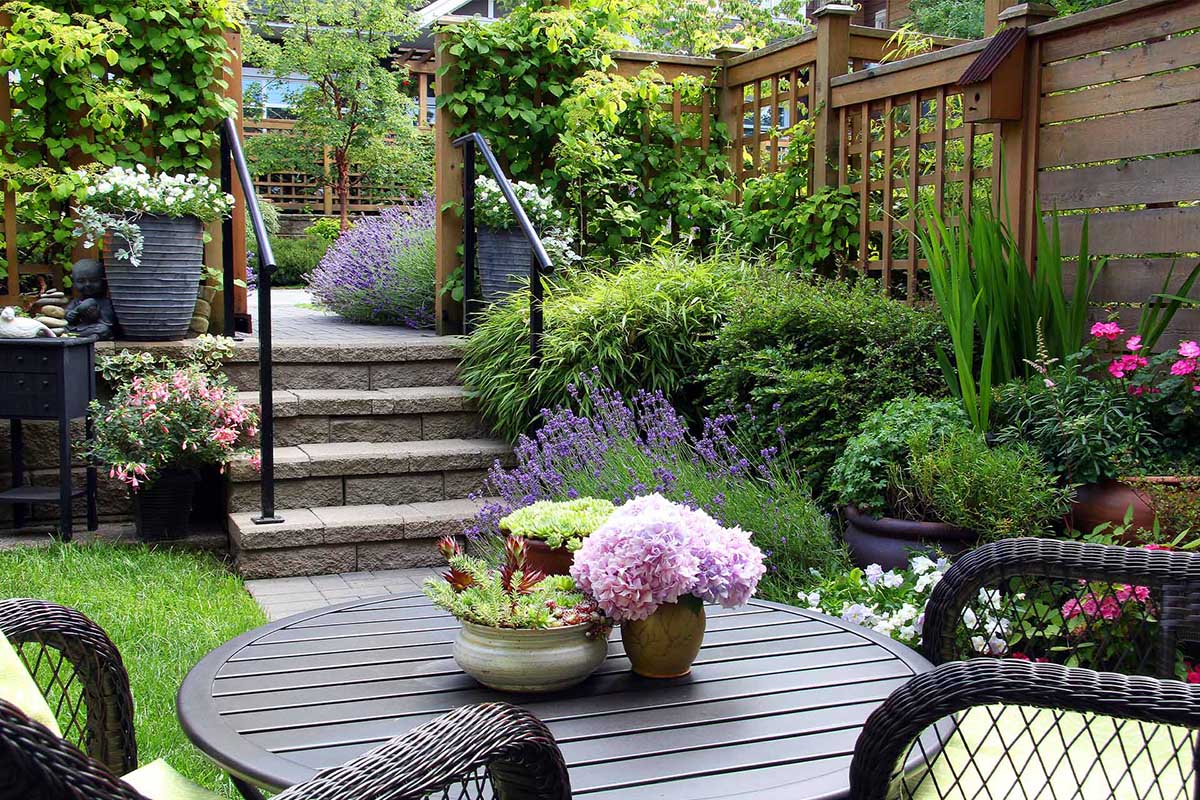
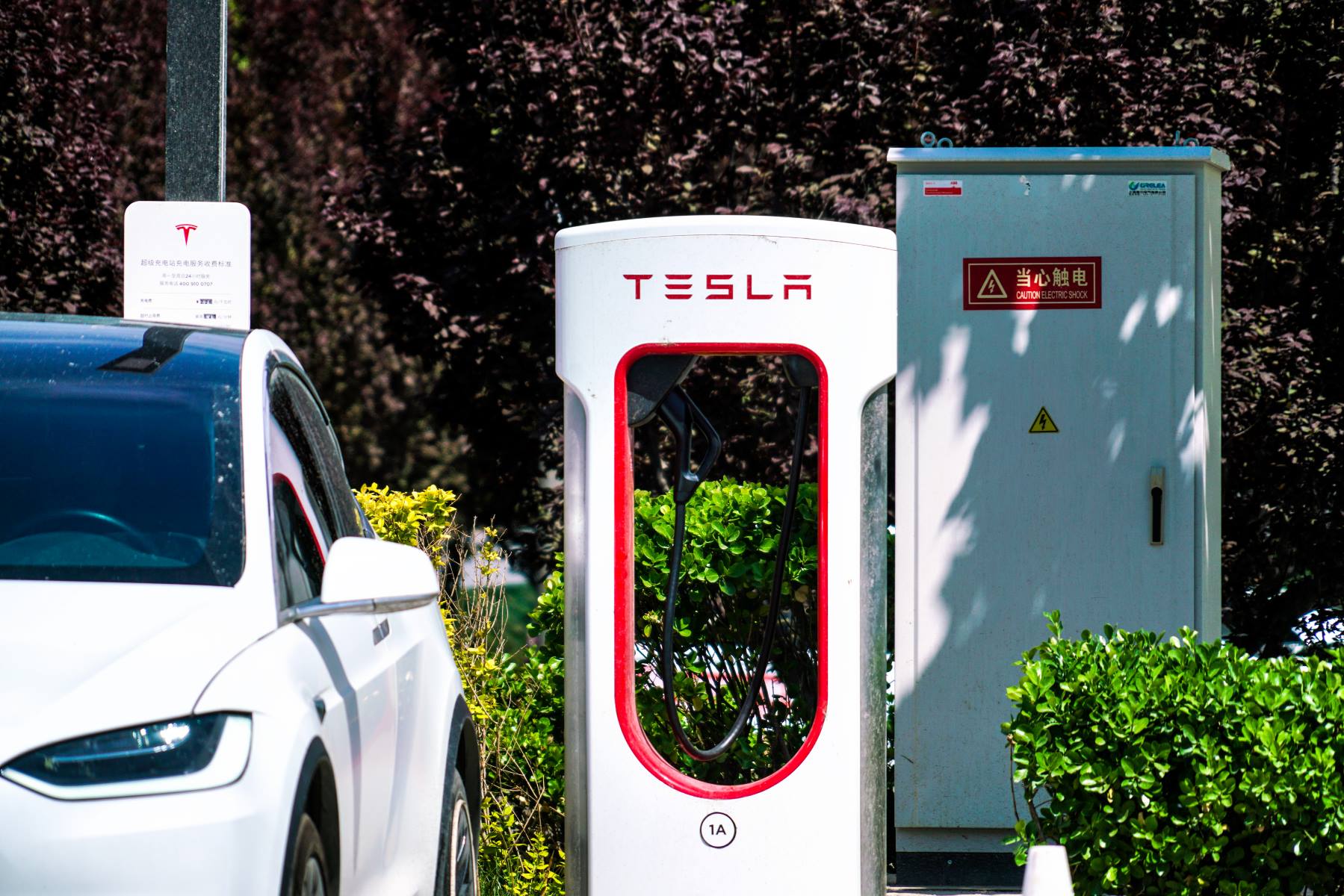

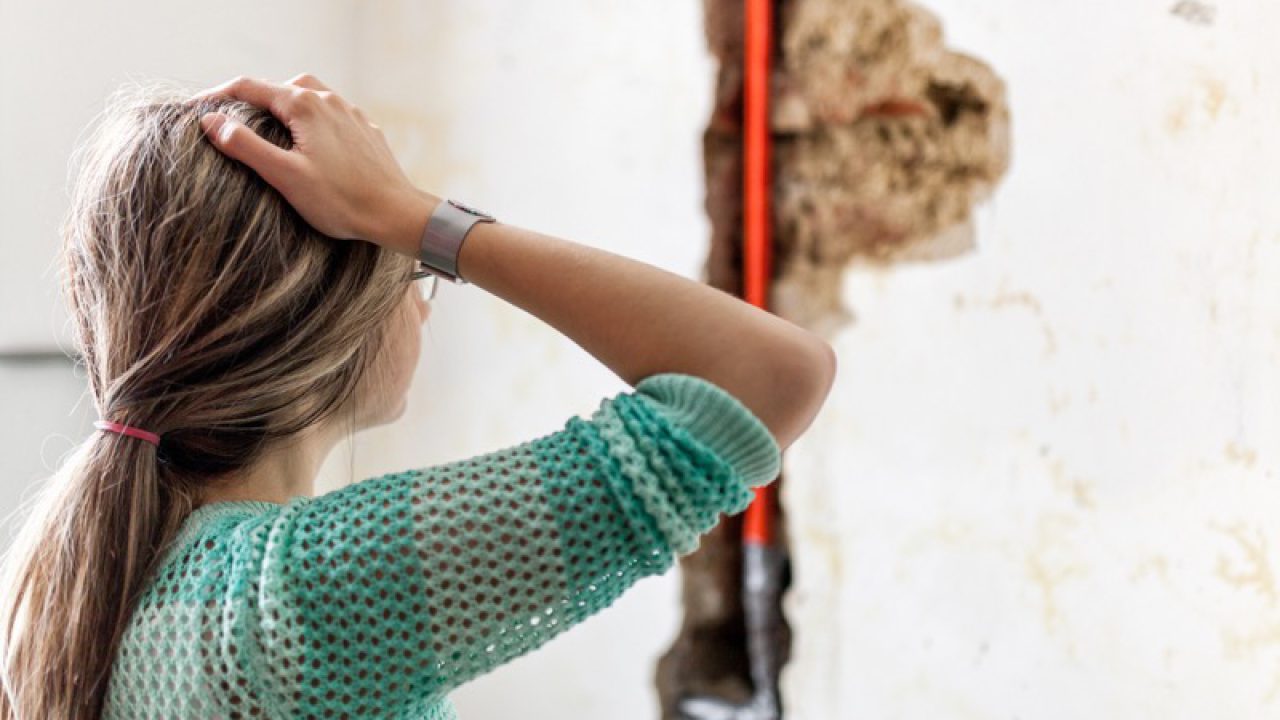
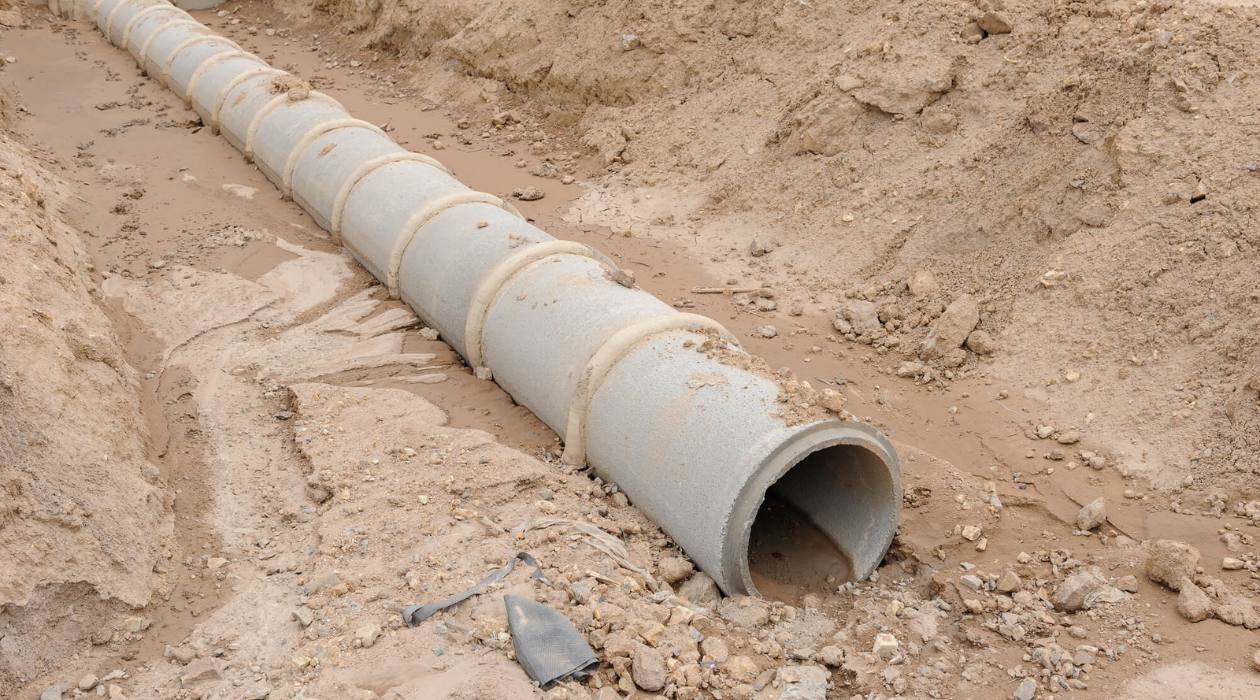
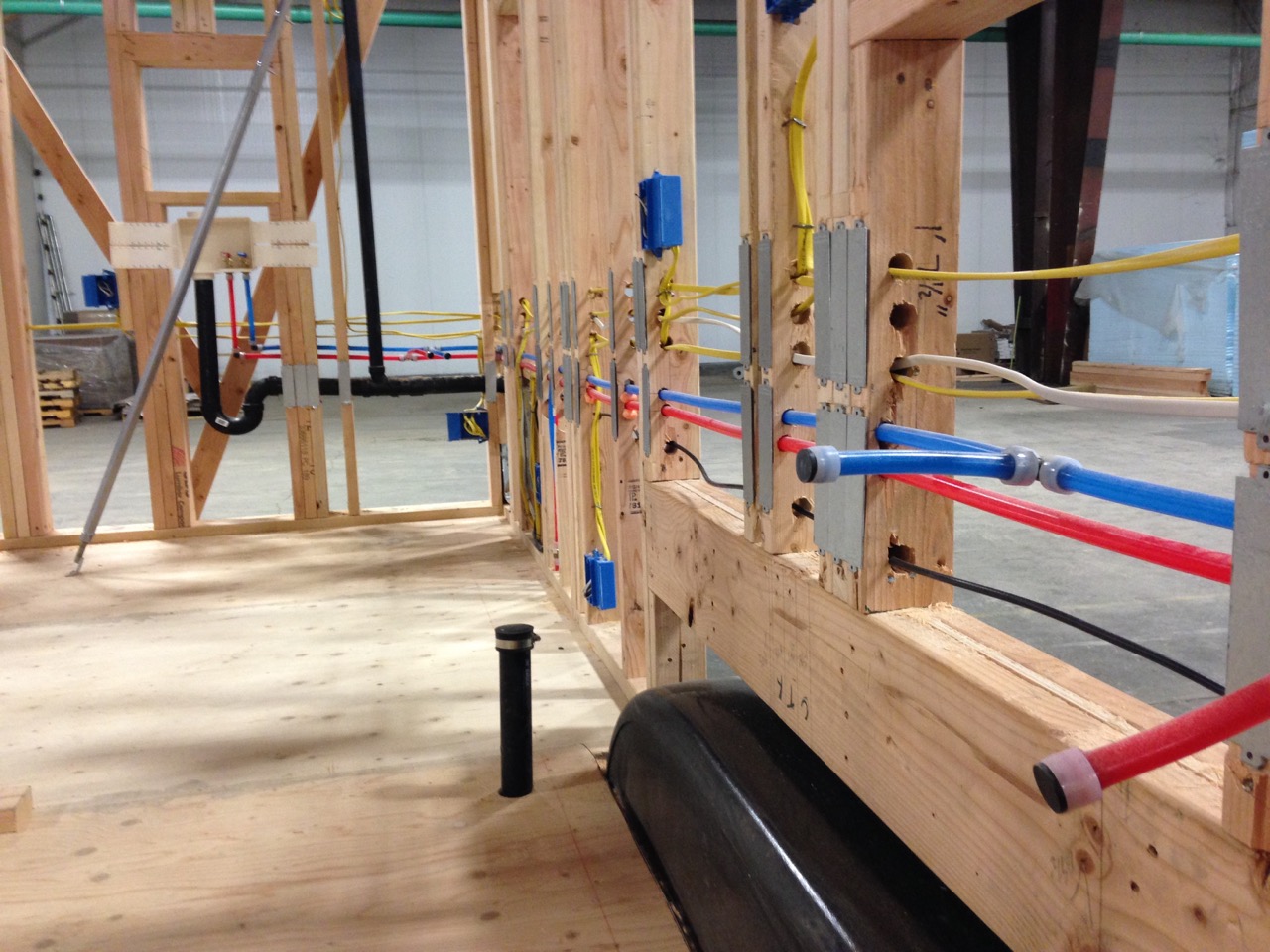
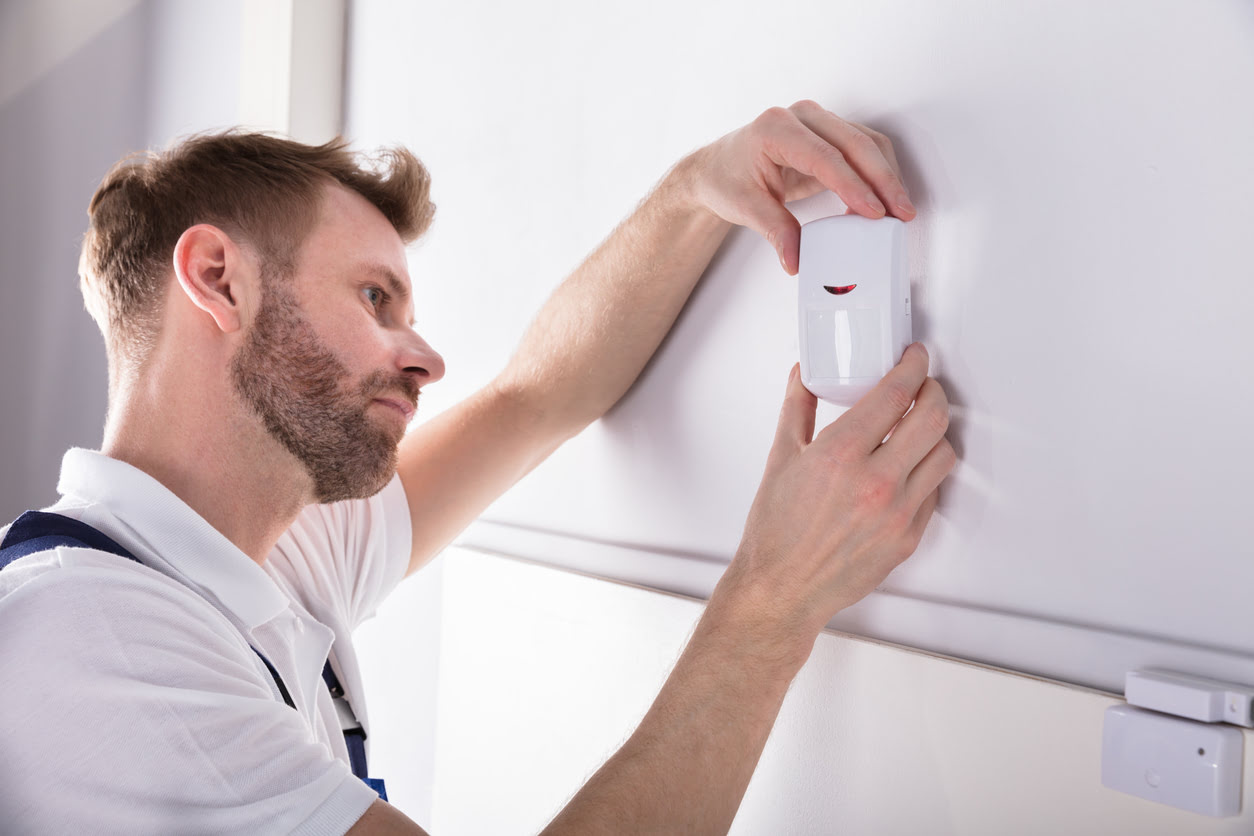
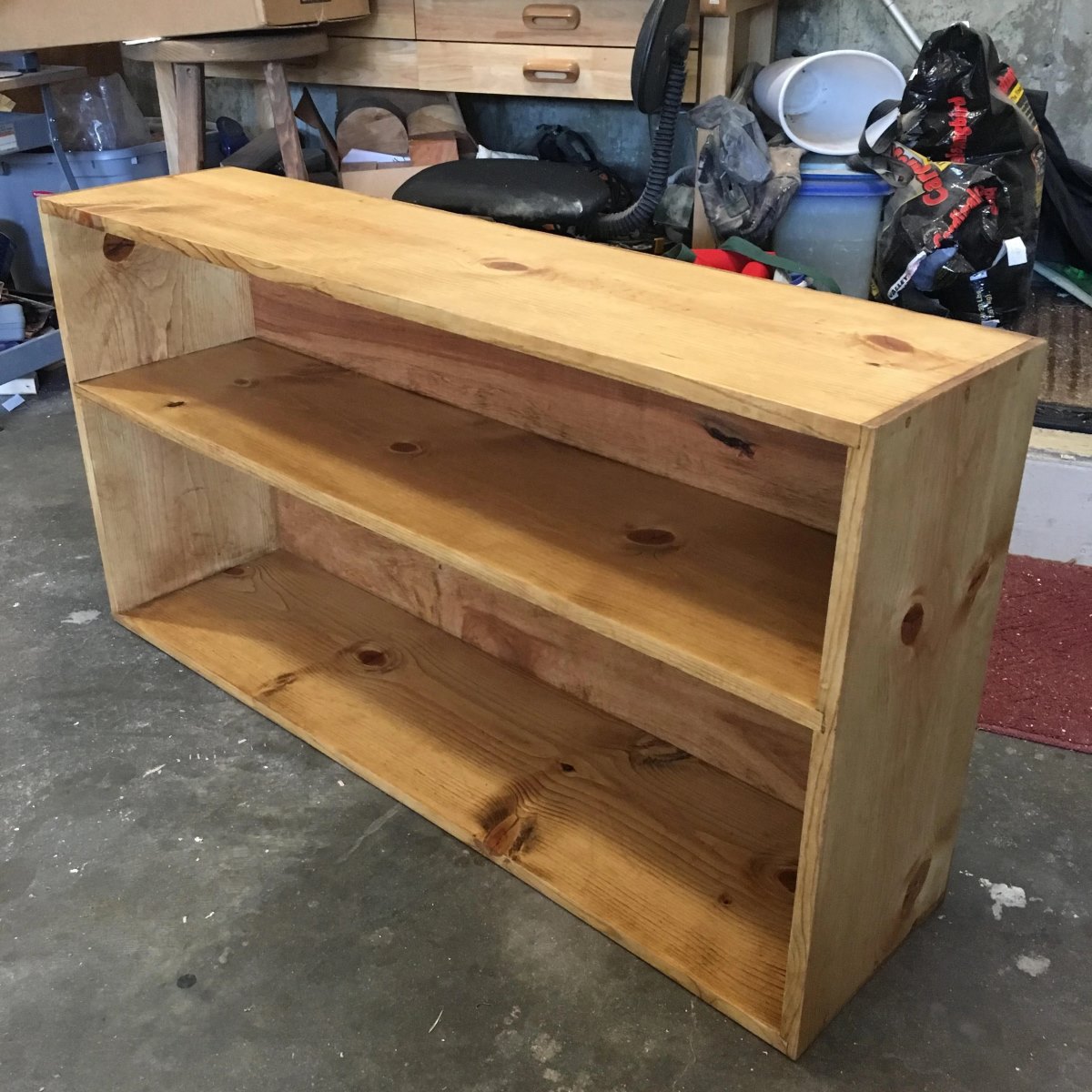
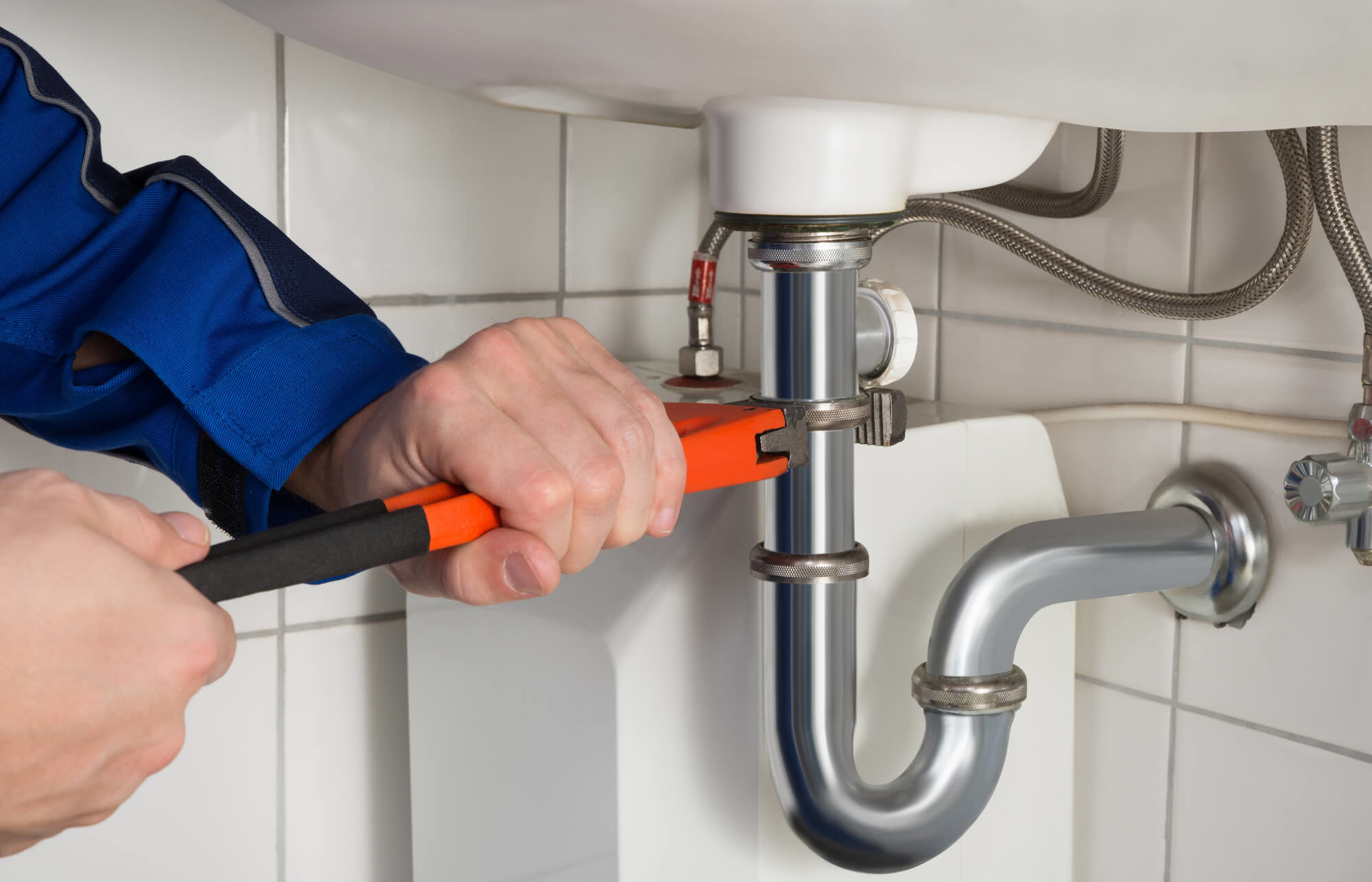

0 thoughts on “How Much To Charge For Plumbing Work”